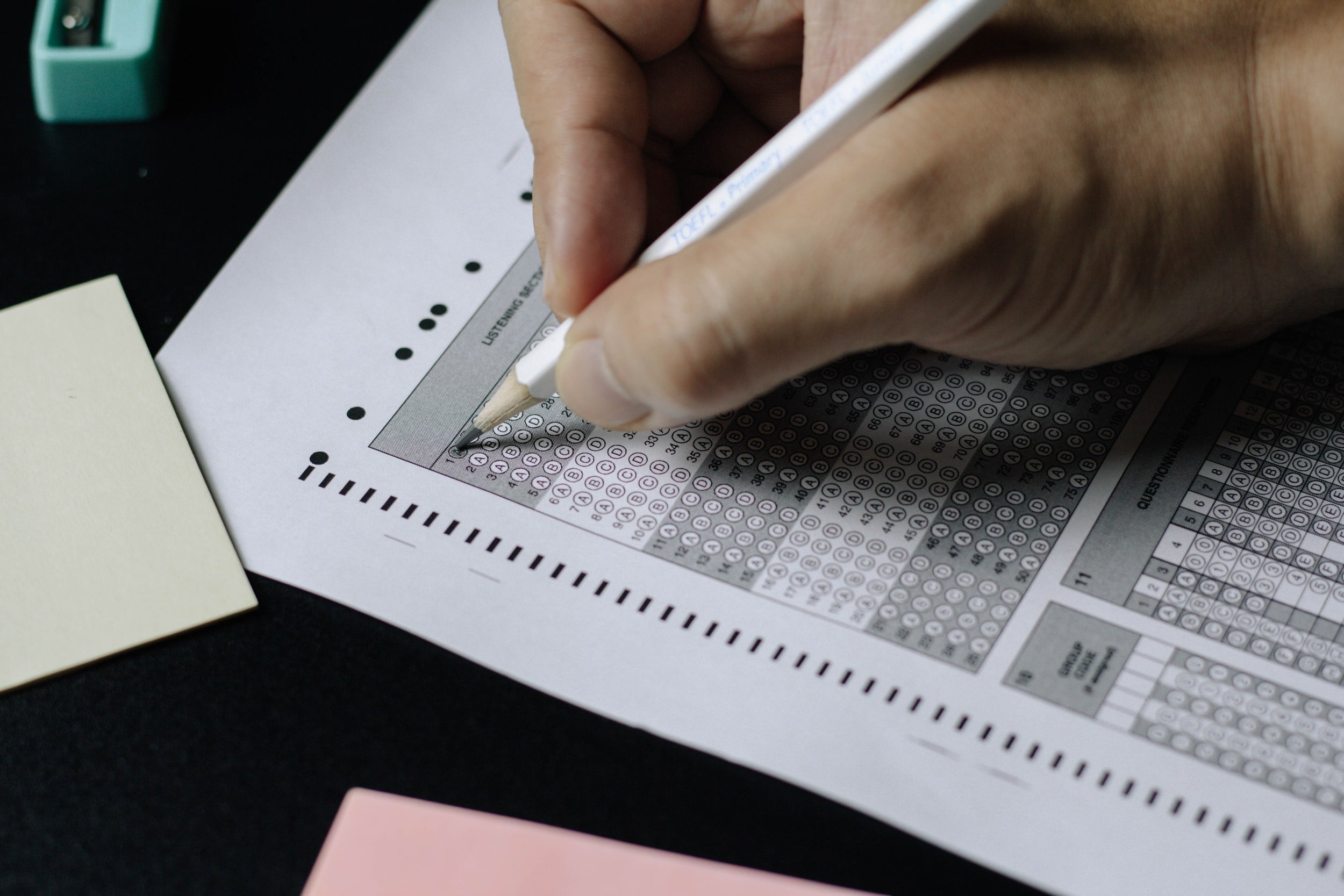A Guide to the General Education (GE) Program at USC
By: Badruddin Mahamed ‘25
Congratulations! You've been accepted to USC and can't wait to begin college life as a Trojan. You've submitted your post for the class Instagram page, attended a couple of welcome events, and now your class registration day is fast approaching. Although registering for classes during your first semester is quite a low-risk task, an important part of selecting classes is understanding the General Education (GE) Program. Although you can find all the information in detail at dornsife.usc.edu/2015ge, I'll give y'all a quick rundown of the most important parts of the program in this post.
The GE Program consists of 8 Core Literacies (GE-A through GE-F), 2 Global Perspectives (GE-G and GE-H), 2 Dornsife Core Literacies (DCL), and 1 General Education Seminar (GESM). Now if you fulfilled each general education requirement with an individual class, you would have to take 13 classes. Almost all students, however, usually end up taking 4-6 classes solely to fulfill their GE requirements. Here's how you do it.
1. AP/IB/A-Level Credit
Many AP/IB/A-Level courses count for general education credit. For AP exams, a score of 4 or 5 on select AP Exams can fulfill certain general education requirements. Make sure to either check with your major advisor or OASIS to ensure your AP/IB/A-Level exam has been accepted.
2. Major Classes
Many classes required for your major will count for a group of GE credits. For example, many science majors don't have to go out of their way to fulfill their GE-B Life Sciences, GE-E Physical Sciences, or GE-F Quantitative Reasoning as most science majors require classes that count for these requirements already. Similarly, most humanities majors most likely require classes that fulfill GE-B Humanistic Inquiry and GE-C Social Analysis.
3. Integrative GE Classes
Once you've narrowed down the GE classes you actually need to take (i.e. minus the ones covered by AP/IB/A-Level credit and major classes), it's time to look into integrative GE classes. An integrative GE class combines core literacy with a global perspective to create one class that counts for two requirements. For example, I took AHIS 120 Foundations of Western Art: Prehistoric to Renaissance to cover my GE-A and GE-H requirements as well as AMST 274mgw Exploring Ethnicity Through Film to cover my GE-C and GE-G requirements.
4. GE-Heavy Minor
This is a more nuanced option that requires quite a bit of planning, however, certain minors include many GE classes as part of their requirements. Adding such a minor can help you fulfill your GE requirements in a more structured manner and give you a more directed yet interdisciplinary academic experience at USC. For example, I have been considering adding an American Popular Culture minor as I have completed the lower-division requirement with AMST 274 and one upper-division requirement with my GESM. Therefore, I would only need to take 16 more units to complete the minor.
Want more from Trojans 360?
Visit Trojans 360 on Facebook & Twitter to stay up to date with more student content! You can also Ask A Trojan an anonymous question, and we’ll try to answer it in a future post. And don’t forget to follow us on Instagram!
Trojans 360 is USC’s official student-run blog. Content created by students, for students.




